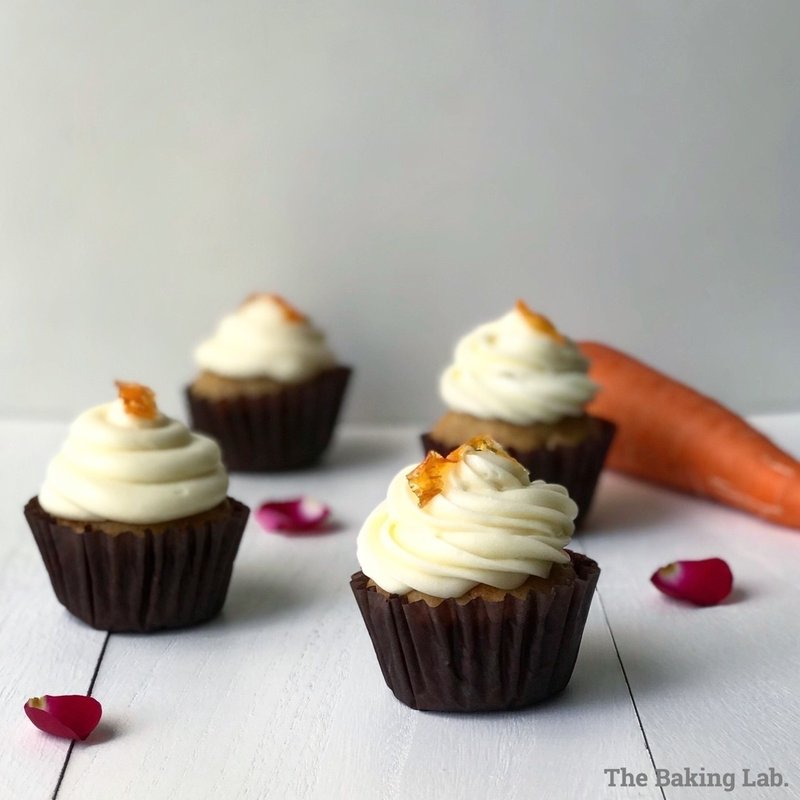
Organic
I had a chance to join professor Kubo’s lecture of SOFIX and home vegetable gardens and home gardening.
He is the professor in Ritsumeikan university.
As I wrote the previous article, I’m interested in compost, agriculture and natural circulation.
It seemed that I was also interested in soils as well.
Mr. Kubo introduced the story about unbloomed cherry blossoms in the campus.
The reason why those cherry blossoms were not be able to bloom was contaminated soils.
He also taught us that pesticides are very popular to use in Japanese agricultural soil and some crops are not allowed to export because the level to use pesticides is too high.
The reality devastated me.
I believed all foods made in Japan were safe.
But actually not.
Until I took the lecture, the image of organic food was “safe but expensive”.
However, this lecture made me change my mind.
Also this lecture taught me what the organic foods are.
Leaves fall in autumn and pile up on the soil.
They are decomposed by rains and sunshine, become organic fertilizers and mixed in the soil naturally.
The trees get the organic fertilizer and grow healthy.
The trees bloom in spring, sow the seeds by themselves and keep growing.
This is the natural circulation.
And natural world is made by organic things.
“Organic” is not “safe but expensive”.
“Organic” is “natural” as it is.
Still we have a problem if Japanese foods are safe or not.
Before discussion about this problem, I would like to appreciate the power of nature, organic foods and people who are involved in organic foods simply.
I saw organic carrots in the market on this weekend.
It tasted wild and delicious.
I baked carrot cupcakes with honors to nature.

#baking #organic #cupcake #cupcakes #carrotcake #agriculture #nature
この記事が気に入ったらサポートをしてみませんか?
